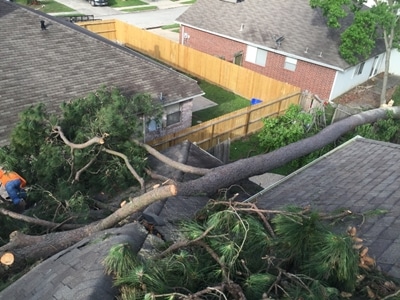
Top Reasons for Tree Maintenance before and after a Storm
September 14, 2020
Welcome to the brand new ArborTrue Blog!
November 2, 2023
How To Deal With Aphids
Top Arborist Brad Phillips tells you how to deal with an aphid problem naturally.
What are aphids?
Aphids are tiny, sap-sucking insects. They are sometimes called greenflies or plant lice. Their bodies are soft and pear-shaped and they range in color from white to black and brown to light green or pink. They belong to the Order Hemiptera. Aphids are similar to other hemipterans, such as cicadas and bedbugs. Aphids have short legs and wingless adults, and they feed in large groups.
Aphids aren’t harmful to humans or pets, but they can overrun your plants. Fortunately, aphids can be easily removed by hand. Just make sure to check for any new growth or under-leaf debris.
Aphids reproduce very quickly and can produce up to five offspring per day. They can also form new colonies. Aphids feed in large numbers, or in small numbers, depending on the situation. To identify aphids, look for two antennas on the tip of their heads and a pair of cornicles. Aphids can reproduce both sexually and asexually. The latter allows them to reproduce without a male and can have many generations per year.
Aphids usually feed on young, tender leaves, but they can feed on any part of a plant. They are most active in spring and summer, but can survive all year long in warmer climates. Aphids can be very harmful to plants, as they can stunt plant growth and spread plant diseases.
Aphids have three black cornicles on their abdomens. Some species feed on ornamental plants and woody plants. One of the most common is the black bean aphid. The black bean aphid is a major crop pest, and feeds on vegetables and ornamental plants. Other species include the green peach aphid, which feeds on fruits and peaches, and the pea aphid.
